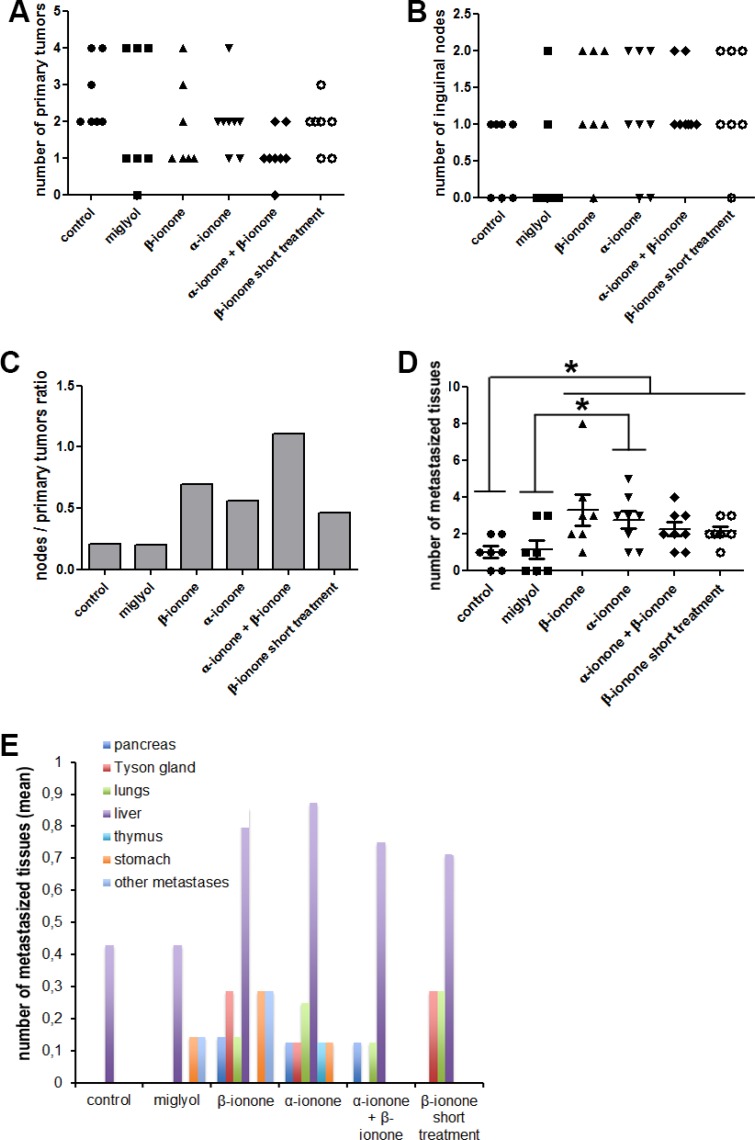Figure 2. Metastasis emergence upon exposure to odorant ligands of the OR51E2 receptor.
LNCaP cells were subcutaneously implanted in NSG mice. Mice were treated (twice a day during the first six weeks and then three times a week) by applying on their skin: Miglyol (a neutral oil that was used to dilute odorants), 1 mM β-ionone diluted in Miglyol, 2 mM α-ionone diluted in Miglyol or a mixture of 1 mM β-ionone and 2 mM α-ionone diluted in Milgyol. A group of mice were also treated with 1 mM β-ionone for a shorter duration (twice a day during two weeks). The mice of the control group were not treated. For ethical reasons, mice were sacrificed as soon as one of the tumors, nodes or metastasis of the mice reached 1500 mm3. The primary tumors, inguinal nodes and various tissues were collected during autopsy. Metastases originating from inoculated LNCaP cells were searched by HES staining and immunohistochemistry using anti-PSA and anti-PSGR antibodies. (A) Numbers of primary tumors. (B) Number of invaded inguinal nodes in each mouse for each mice group. (C) The ratio of the number of nodes to the number of primary tumors is also specified. (D) Cumulated number of metastasized tissues in each animal of each group. (E) Mean number of metastasized tissues for each mice group in function of the tissue. For each mice group, data normality was checked using the Kolmogorov-Smirnov test. Then, statistics were performed using a two-tailed Student's test (* for p ≤ 0.05).

